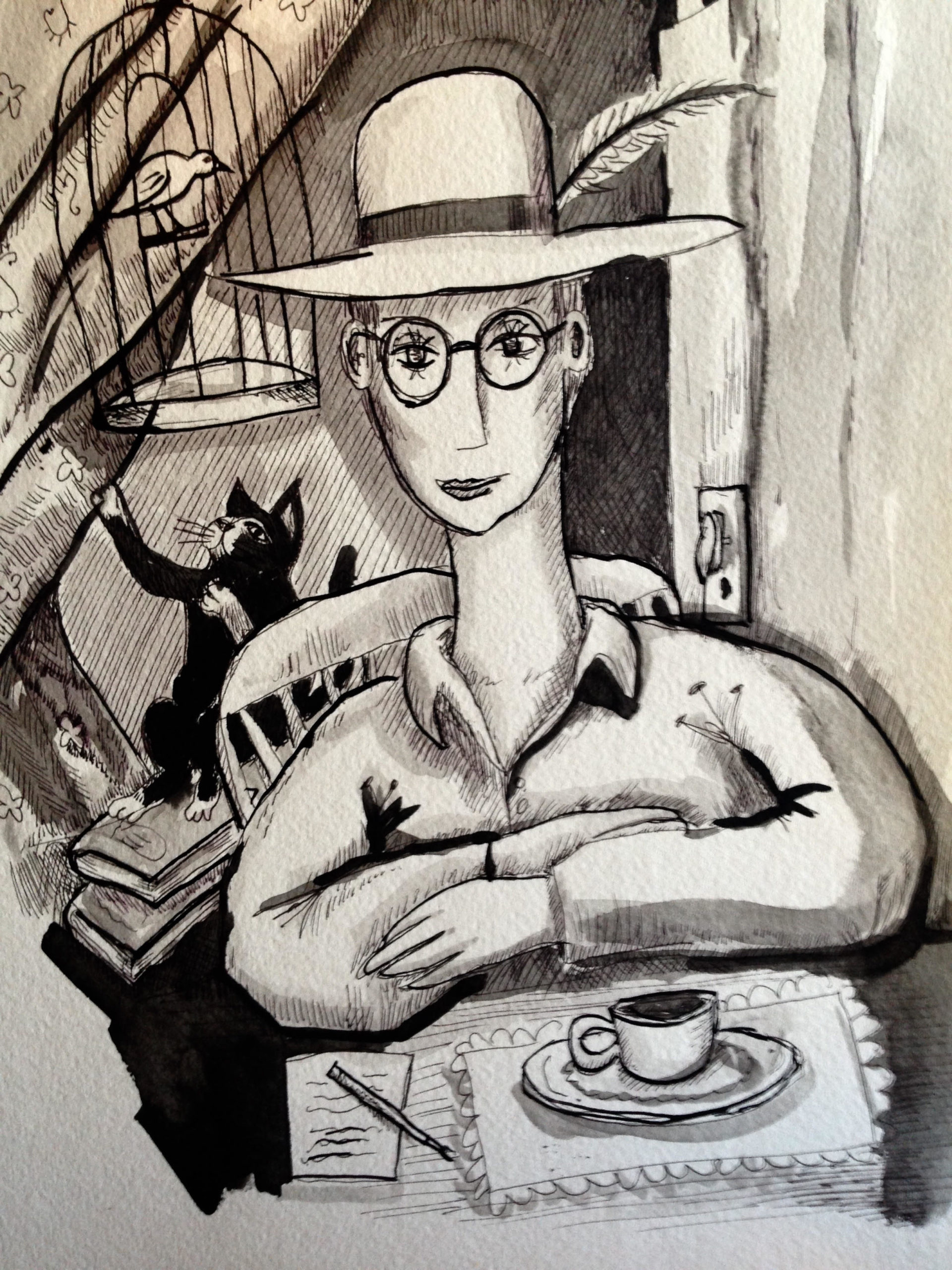This is stupid.
That’s the first thing I thought when the idea came to me to write about writing, which seemed no different from a balloon maker noodling up a poodle figurine at a circus side show and instead of selling it to the five-year-old cotton-candy-eater who wants one, telling the kid exactly how the thing was made. The child doesn’t care. Just sell the poodle-balloon and move on.
Balloons be gone, I filed the idea away with all my potential Shark Tank pitches—coincidentally, half involve poop bags for dogs—and carried forth composing little stories and pop culture-ish posts. But then as I frequently do, I surveyed some of my most devoted readers weeks later and asked what they thought of my recent content. Good? Bad? Anything else I should be focusing on? Over and over again the one topic that came up was this: Tell me how to write.
Eep.
Here I’ll give credit where credit is due to loyal little word studioist Garry Stafford, who urged me to divulge my creative process on the blog. Garry is himself a wonderfully imaginative artist, so feeling a kinship for his artistry, I obliged, and this post today is the first iteration of a result.
“On Writing, On Wednesday,” will be a five-part series that (most obviously) is all about writing and posted on Wednesday.
Side note 1: The first bit of this title is an unsubtle wink to Stephen King’s brilliant doctrine about the written word, which you can check out here.
Side note 2: I don’t know that I’m necessarily qualified to be giving any sort of advice, (hey, I’m just a blogger with an eBook and a few big dreams), but if even a tiny part of what I put down here encourages you to refine your style, I’ll consider this series a worthy endeavor.
Enough with the backstory you say and I agree. On to today’s advice …
Start at the beginning.
Yes, I saw that eye roll. Not the most revolutionary suggestion, I know. (To be fair, John Irving has publicly said he crafts the last sentence of his book before going back and writing the first, so there’s more than one way to spin this yarn.)
Although I don’t doubt the elementary nature of what I’m prescribing, it’s actually a deceptively complex technique that takes years (if ever) to master. Because even though readers may not judge a book by its cover, they certainly judge your writing by the very first line they read. If you can entice them with those initial words, you’re golden. But fair warning that it ain’t easy or else we would all have penned award-winning novels by now and be bathing somewhere along the Amalfi Coast in an infinity pool of Pulitzer Prizes.
For my own process, I often write about five to ten different versions of a first line for any given post. When I write, the opening sentence sets the mood for the entire rest of the story. Will it be crotchety, old-timey-style prose? Modern, slick and fast-paced words? Choppy and bold? Outrageous and nonsensical? Sarcastic and biting? I don’t know. The first sentence gives an indication of a direction, like the neon-lit road sign on a five-lane highway at midnight telling me exactly where I need to go.
From there flows the second sentence, and the third and fourth aren’t far behind. Pretty soon the entire story is written, and it feels consistent from the first line to the last.
So that’s it. Post one of five for the On Writing, On Wednesday series. Now go and write something brilliant because, as obvious as it seems, the beginning is a great place to start.



So who is carrie Stafford? Great first of 5! Lovin the Marni mind.
Betty Lucas (415) 370-3028